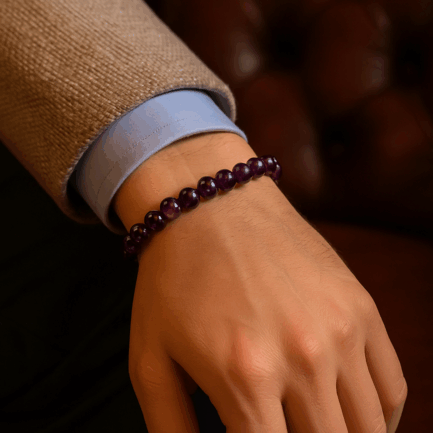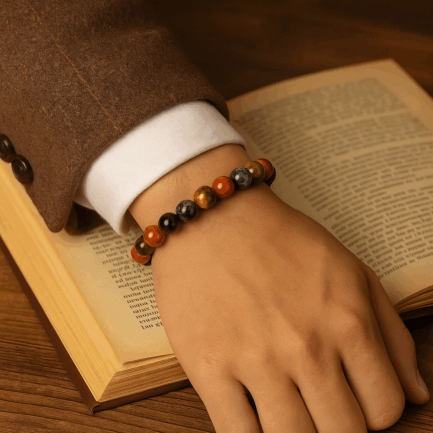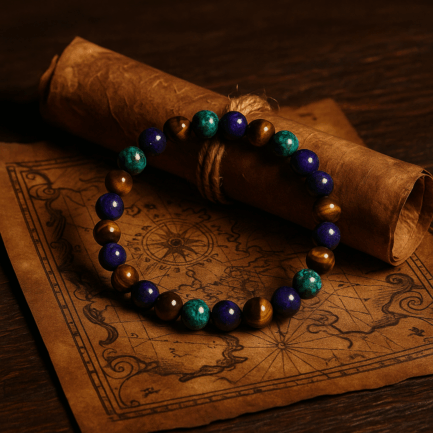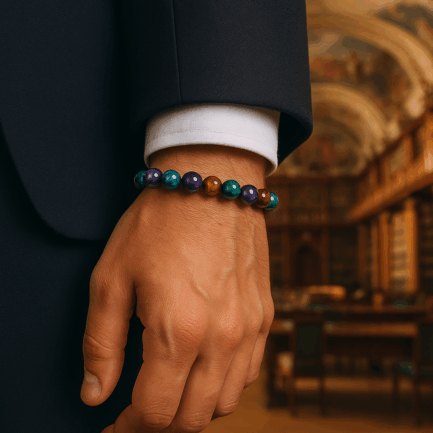Not every space is meant to be seen. Some are made to conceal.
The hidden pocket is not fashion. It is intent stitched in shadow; a fold beneath the surface, a compartment behind the visible. Whether sewn into jackets, lined into robes, or pressed between pages, hidden pockets are where practicality meets privacy.
We’ve always needed places for what must travel with us, but not be seen.
Echoes of the Amulet Pouch
Before clothing held wallets, it held meaning.
Ancient peoples wore pouches close to the skin: leather sachets with bones, herbs, teeth, coins, prayers. In Africa, the Middle East, and South America, these were more than containers — they were companions. Their contents protected, guided, warned. Sometimes worn around the neck. Sometimes tied to the waist. Always hidden.
The hidden pocket is their descendant. Not just a place for objects, but a chamber for belief.
Tailoring for Secrets
A good tailor knows where to hide a pocket.
Behind the lapel. Inside the lining. Inverted beneath a seam.
These pockets rarely appear on pattern templates. They are whispered additions; stitched for the wearer, not the world. A place for keys. For notes. For passports or pressed flowers. For what must be carried, but never displayed.
Some tailors include them unasked. Because some habits don’t require explanation.
They require space.
The Pocket as Permission
To hold something is to have access.
To hide it is to have power.
Hidden pockets grant the right to withhold. They create zones of control within garments, and within interactions. What you reveal is your decision. What you conceal is your boundary.
Not every pocket opens at once.
Not every pocket is meant for others.
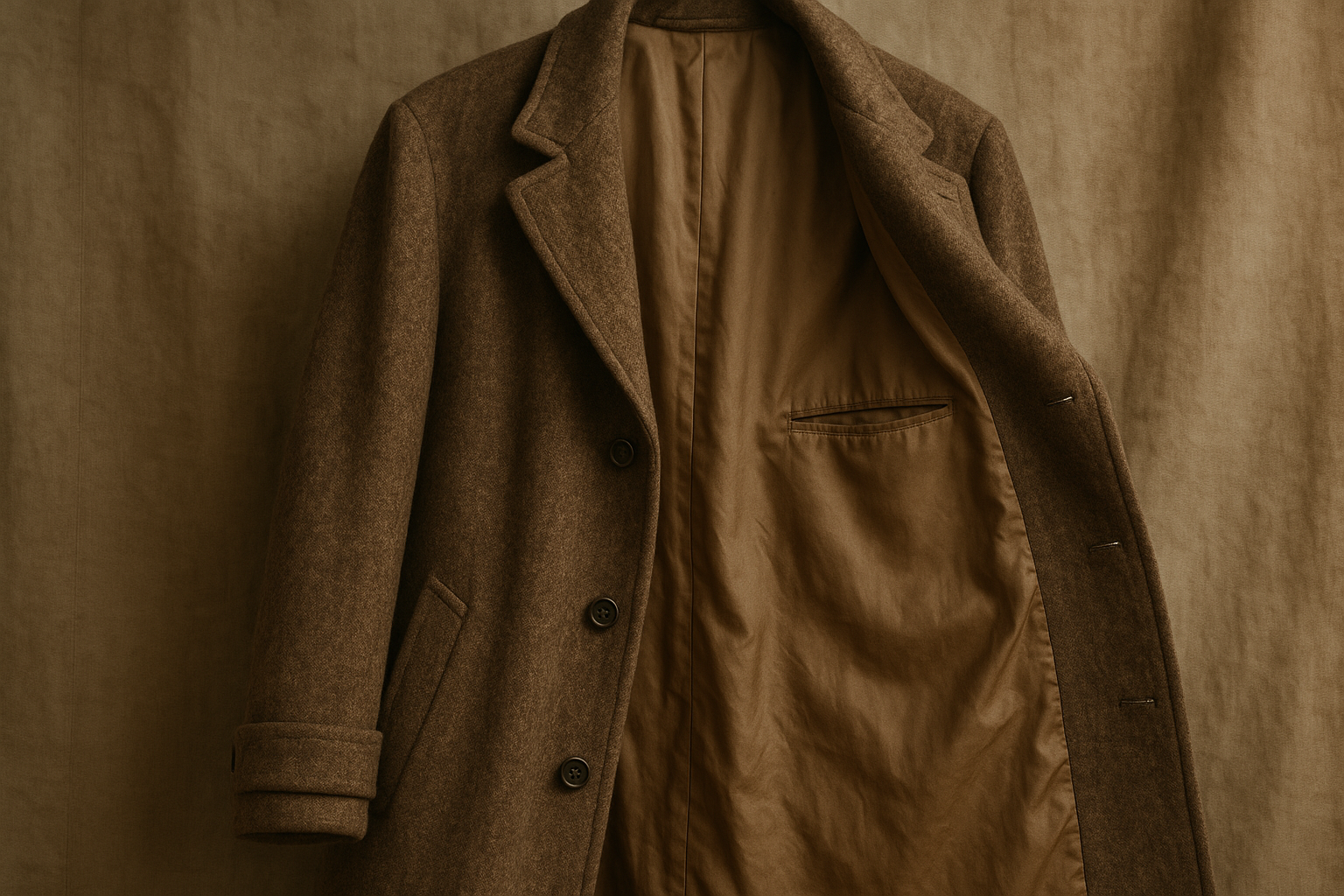
Smugglers, Spies, and Seamstresses
History remembers the visible. But it’s the invisible that often shaped it.
Spies stitched codes into hems. Couriers tucked microfilm into belt seams. Revolutionaries lined coats with manifestos. Hidden pockets carried more than fabric; they carried consequences.
Even in peace, they matter. Seamstresses in occupied cities once smuggled food, letters, hope. Their dresses held more than style. They held resistance.
The hidden pocket is not always innocent. But it is always intentional.
Objects That Outlive the Pocket
Sometimes we forget what we hid.
A subway token from a decade ago. A dried flower turned to dust. A note in handwriting no longer familiar. Forgotten items become time capsules; moments stitched into folds.
The pocket becomes archive. Not of history, but of self.
Modern Rituals of Concealment
Today, we hide with less ceremony. AirTags in wallets. Pills in plastic. Crumpled receipts. But the instinct is unchanged.
We still crave a place to put what we can’t let go of, or can’t yet face.
The hidden pocket holds not only the thing, but the silence around it.
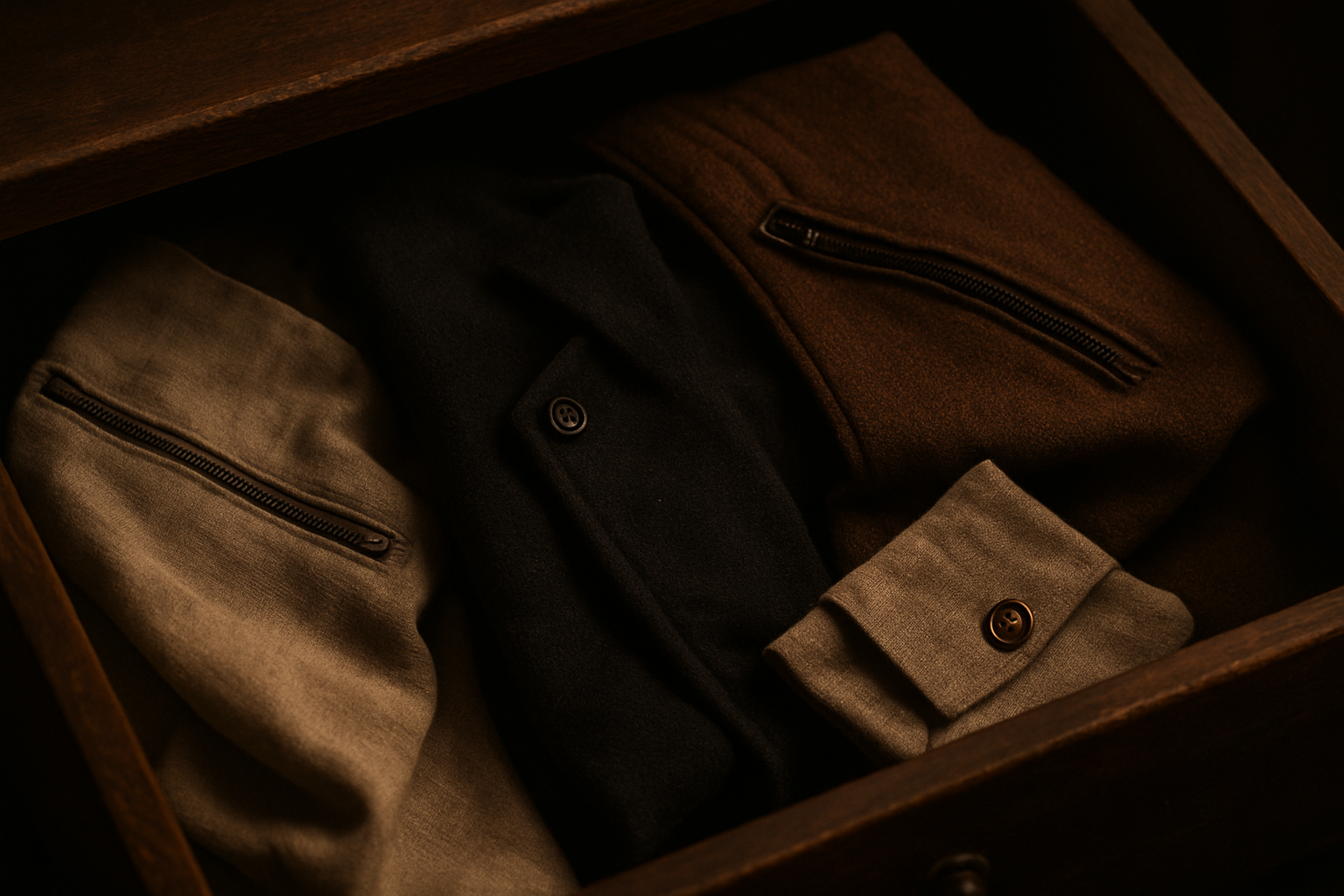
The Anatomy of Privacy
Some garments guard more than modesty. They guard autonomy.
The hidden pocket is not about hiding from others, but about holding something for yourself.
Even when empty, the pocket remains. An invitation. A possibility.
The unspoken question lingers:
What would you place there?
Closing Reflection
A hidden pocket is not absence. It is potential, waiting.
A space carved out in fabric, and in trust.It does not need to be filled to serve its purpose.
It merely needs to exist.So look at your own garments.
What do you carry?
And what do you choose to hide; fold within fold?



